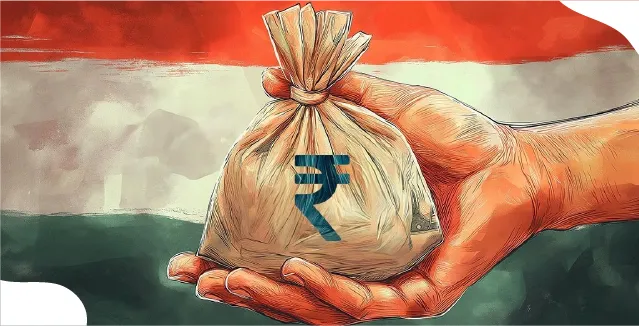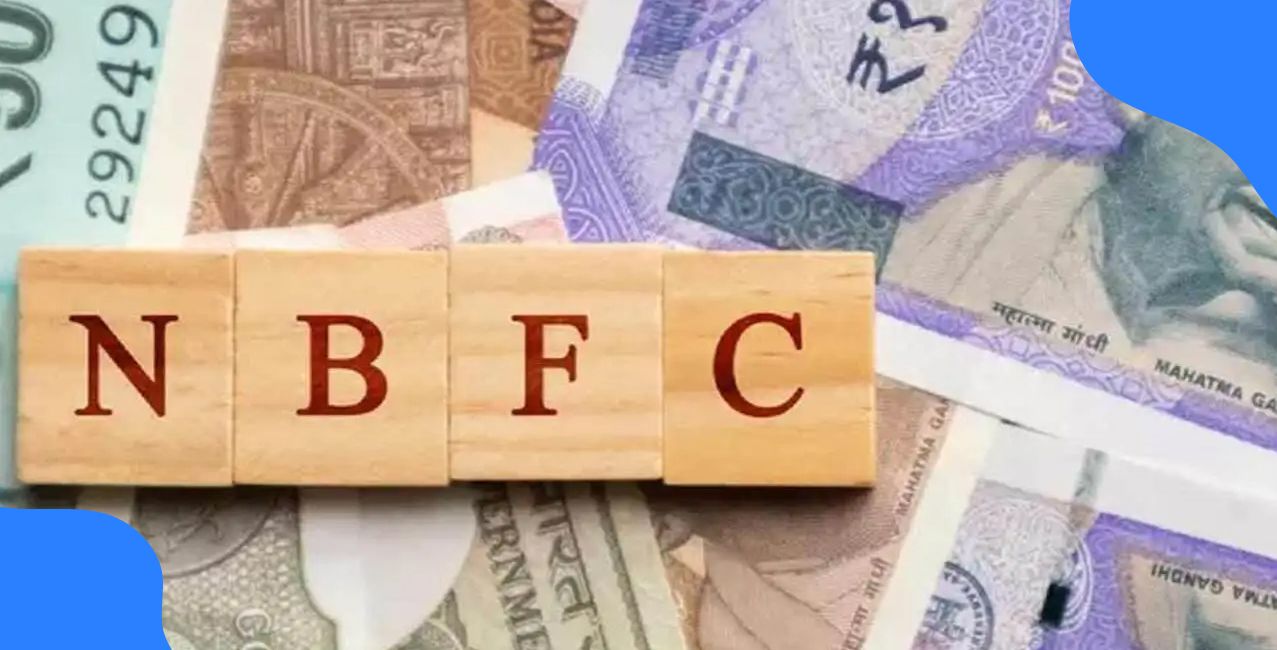
Author
LoansJagat Team
Read Time
4 Min
23 Jul 2025
Finance Ministry Reveals ₹1.62 Lakh Crore Owed by Over 1,600 Wilful Defaulters to PSU Banks
Poor Credit Costs Jobs as Banks Struggle With Massive Wilful Loan Defaults
Why are public sector banks still running after thousands of crores while big defaulters keep escaping through system loopholes? The Finance Ministry’s latest report in Parliament on 22 July 2025 revealed a shocking number.
A total of 1,629 corporate borrowers have been marked as wilful defaulters by PSU banks, together owing a huge ₹1.62 lakh crore. These are not small mistakes or delays. This was shared as a written reply in the Lok Sabha, as part of the Finance Ministry’s regular check on the condition of PSU banks.
The numbers came from reports that banks submit regularly to the RBI’s Central Repository of Information on Large Credits (CRILC).
The Scale of the Default
Public sector banks continue to carry the weight of unpaid loans by borrowers who have either fled, stalled payments, or diverted funds. According to the ministry’s statement, the amount outstanding stands at ₹1,62,118 crore.
The majority of these Non-Performing Assets comprise wilful defaulters. A wilful defaulter is someone who had enough money to repay but still chose not to.
These 1,629 wilful defaulters were recognised and listed as of March 31, 2025.
This count does not include defaulters who are based outside India. Only domestic corporate borrowers have been considered. Cases involving foreign defaulters are tracked separately by the authorities.
Current Summary of Wilful Defaults
The problem of wilful default is closely connected to the bigger changes happening in the banking system. New laws like the Insolvency and Bankruptcy Code (IBC), changes to the SARFAESI Act, and stricter RBI rules have helped reduce bad loans overall. But wilful defaulters are still a tough group to deal with.
Recovery and Seizures: What Has Been Done So Far?
While some defaulters left unpaid trails, others became subjects of criminal and legal action. The government noted that assets worth ₹15,298 crore were attached under the Prevention of Money Laundering Act. Another ₹750 crore was seized under the Fugitive Economic Offenders Act (FEOA).
A notable amount of ₹25,806 crore has already been handed back to public sector banks and claimants through court-led restitution.
Recovery Status under Enforcement Laws
Though these actions show intent, the total amount recovered remains only a fraction of the total dues.
Borrower Restrictions and Legal Barriers
Once labelled as wilful defaulters, these entities face serious restrictions. According to RBI norms, such defaulters are barred from accessing fresh credit facilities. They cannot raise funds through capital markets and are blocked from restructuring loans.
Even after being removed from the defaulters list, there is a one-year waiting period before they can access fresh funding.
Public sector banks are also encouraged to initiate legal proceedings in civil or criminal courts wherever misappropriation or fraud is suspected.
This framework is part of the RBI’s Master Circular on Wilful Defaulters, which lays out strict consequences for those who default with intent or misuse funds.
Mounting Write-offs Raise Questions
Along with the rising defaults, one more number is quite important. Public sector banks have written off loans worth ₹12.08 lakh crore in the last ten financial years, from FY2015–16 to FY2024–25.
Banks say they do this to clean up their balance sheets and follow RBI rules, but such write-offs make it harder to recover the money later.
Write-offs don't erase the liability. Recovery attempts often continue, but without the same momentum. In the public eye, these write-offs create a growing trust gap in banking oversight.
Trends in Overall Bad Loan Management
Even though wilful defaults are still a problem, public sector banks have done better in handling bad loans, also called non-performing assets (NPAs). Total NPAs have gone down from ₹6.16 lakh crore in 2021 to ₹2.83 lakh crore in March 2025.
The NPA ratio has also reduced from 9.11 per cent to 2.58 per cent in the same time.
This shows that banks now have better internal checks, quicker ways to recover loans, and are more careful while giving out new loans.
Gross NPAs – Trend Over Four Years
The decline also shows the effects of digital tracking of loans, better borrower profiling, and more aggressive loan recovery mechanisms.
A Larger Fiscal Picture
Beyond unpaid loans and seized assets, the government also revealed that it had foregone ₹99,000 crore in corporate tax revenue in FY2023–24 due to incentives and exemptions given to businesses. While not directly linked to wilful default, this adds another layer to the conversation around public money and financial accountability.
Conclusion
The Finance Ministry’s July 2025 disclosures to Parliament outline both progress and concern. While NPAs are dropping and some recovery is happening, wilful defaulters remain a burden on the system.
Enforcement is growing, but recoveries lag behind. Write-offs continue, but explanations remain weak.
Until the system ensures that wilful default results in faster, tighter consequences, banks will continue to carry unpaid debt while taxpayers watch money disappear into sealed courtrooms and empty boardrooms.
About the Author

LoansJagat Team
‘Simplify Finance for Everyone.’ This is the common goal of our team, as we try to explain any topic with relatable examples. From personal to business finance, managing EMIs to becoming debt-free, we do extensive research on each and every parameter, so you don’t have to. Scroll up and have a look at what 15+ years of experience in the BFSI sector looks like.

Quick Apply Loan
Subscribe Now
Related Blog Post

LoansJagat Team • 11 Dec 2025

LoansJagat Team • 11 Dec 2025

LoansJagat Team • 12 Dec 2025